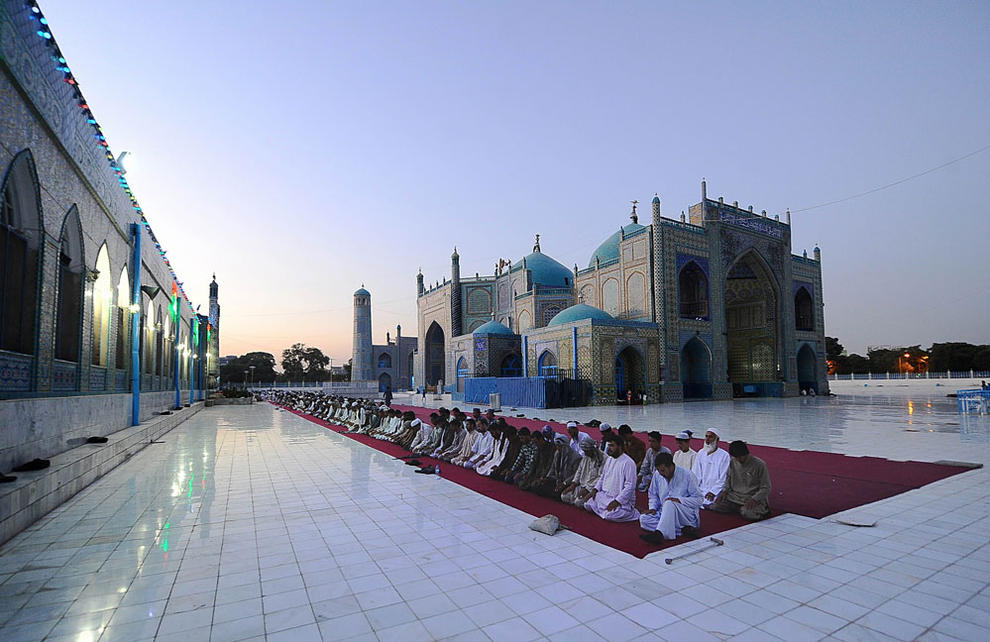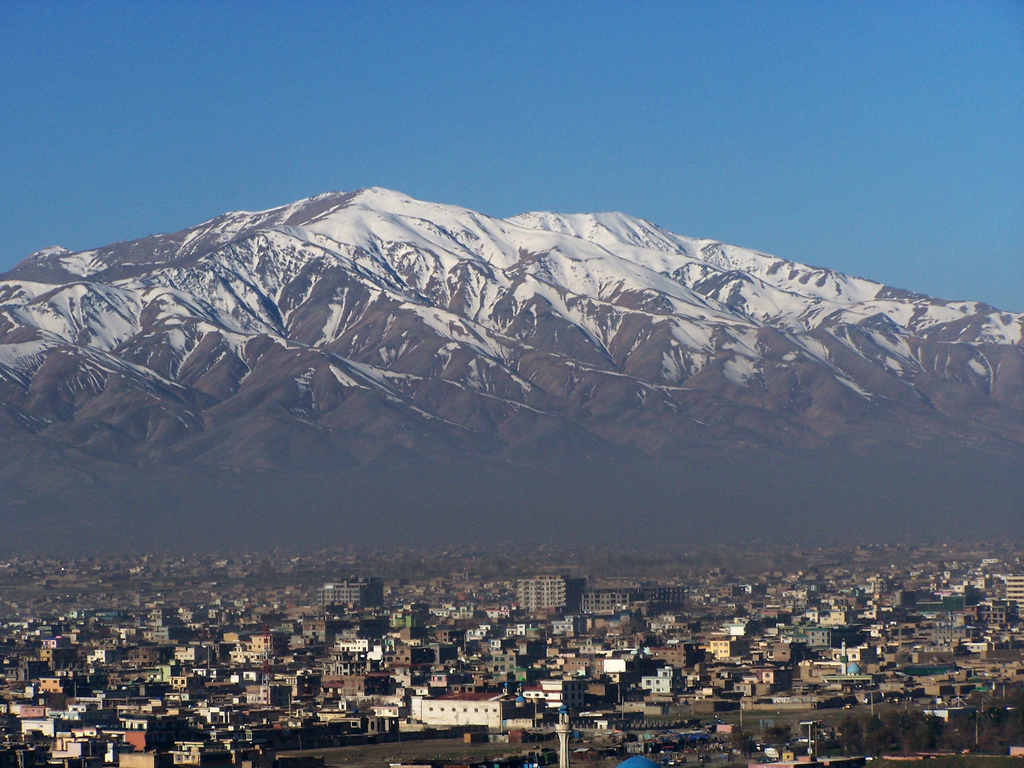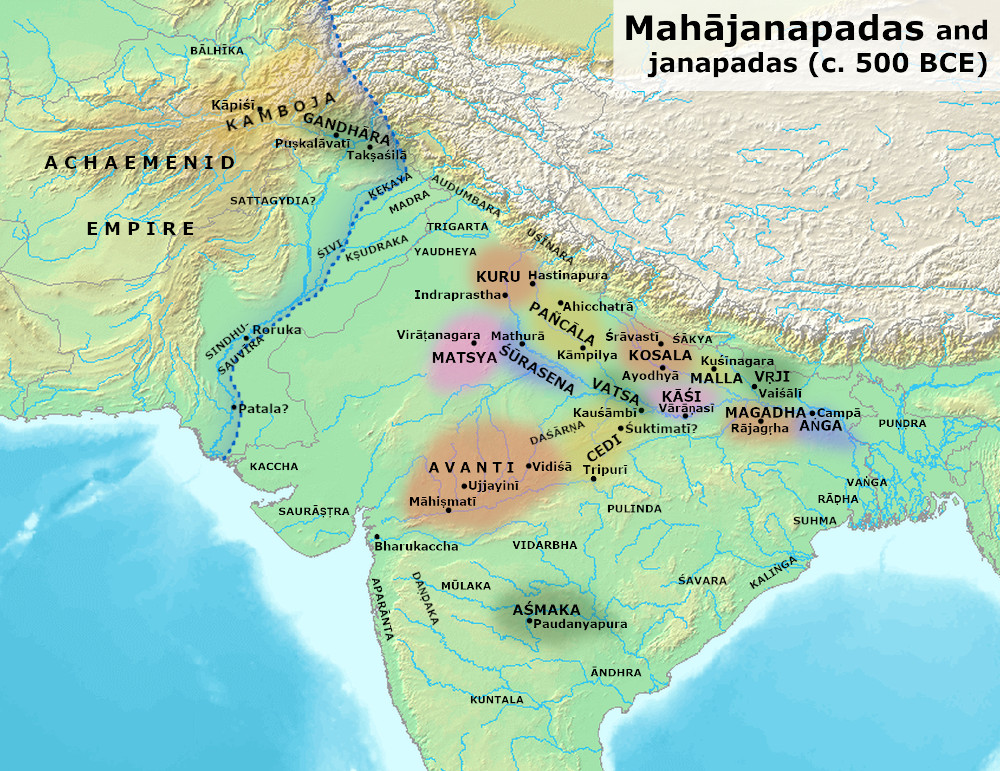|
Asmai Heights
The Koh-e Asamai ( prs, کوه آسمایی ''Kōh-e Āsamā'ī'') is a mountain located directly to the west of downtown Kabul, Afghanistan at an elevation of . It is known colloquially as the ''Television Hill'' due to the large TV mast and antennas at its summit. Asamayi is named after its namesake Hindu temple at the foothill, which is an important site of Afghan Hindus and one of the oldest temples in Kabul. History The mountain is the site of an ancient fort. In December 1879 during the Second Afghan War the Asamai mountains were the site of a prolonged siege and battle where the British forces made up of the 9th Lancers and 5th Punjab Cavalry stormed Afghan tribesmen who had laid up in the fort. The Afghan forces fled and several British soldiers were awarded the Victoria Cross. Geography The hill forms the boundary of Districts 2 and 3 and is opposite the Sher Darwaza mountain. There are three peaks with heights of 2126 m, 1975 m and 2110 m from north-west to south-east ... [...More Info...] [...Related Items...] OR: [Wikipedia] [Google] [Baidu] |
History Of Religion In Afghanistan
Afghanistan is an Islamic state, in which most citizens follow Islam. As much as 90% of the population follows Sunni Islam. According to '' The World Factbook'', Sunni Muslims constitute between 84.7 - 89.7% of the population, and Shia Muslims between 10 - 15%. 0.3% follow other minority religions. History Religious demographics in the region known today as Afghanistan have shifted numerous times in history. In ancient and classical periods, Zoroastrianism, Hinduism, followed by Buddhism were the primary religions in the region. Islam gradually became the primary religion in the region after first being introduced in the 7th century A.D., when the Rashidun Caliphate conquered parts of the region. The religion Zoroastrianism is believed by some to have originated in what is now Afghanistan between 1800 and 800 BCE, as its founder Zoroaster is thought to have lived and died in Balkh while the region at the time was referred to as Ariana. Ancient Eastern Iranian languag ... [...More Info...] [...Related Items...] OR: [Wikipedia] [Google] [Baidu] |
Mountain Ranges Of Afghanistan
A mountain is an elevated portion of the Earth's crust, generally with steep sides that show significant exposed bedrock. Although definitions vary, a mountain may differ from a plateau in having a limited summit area, and is usually higher than a hill, typically rising at least 300 metres (1,000 feet) above the surrounding land. A few mountains are isolated summits, but most occur in mountain ranges. Mountains are formed through tectonic forces, erosion, or volcanism, which act on time scales of up to tens of millions of years. Once mountain building ceases, mountains are slowly leveled through the action of weathering, through slumping and other forms of mass wasting, as well as through erosion by rivers and glaciers. High elevations on mountains produce colder climates than at sea level at similar latitude. These colder climates strongly affect the ecosystems of mountains: different elevations have different plants and animals. Because of the less hospitable terrain and ... [...More Info...] [...Related Items...] OR: [Wikipedia] [Google] [Baidu] |
Landforms Of Kabul Province
A landform is a natural or anthropogenic land feature on the solid surface of the Earth or other planetary body. Landforms together make up a given terrain, and their arrangement in the landscape is known as topography. Landforms include hills, mountains, canyons, and valleys, as well as shoreline features such as bays, peninsulas, and seas, including submerged features such as mid-ocean ridges, volcanoes, and the great ocean basins. Physical characteristics Landforms are categorized by characteristic physical attributes such as elevation, slope, orientation, stratification, rock exposure and soil type. Gross physical features or landforms include intuitive elements such as berms, mounds, hills, ridges, cliffs, valleys, rivers, peninsulas, volcanoes, and numerous other structural and size-scaled (e.g. ponds vs. lakes, hills vs. mountains) elements including various kinds of inland and oceanic waterbodies and sub-surface features. Mountains, hills, plateaux, and plains are the fou ... [...More Info...] [...Related Items...] OR: [Wikipedia] [Google] [Baidu] |
Kabul Province
Kabul ( Persian: ), situated in the east of the country, is one of the thirty-four provinces of Afghanistan. The capital of the province is Kabul city, which is also Afghanistan's capital and largest city. The population of the Kabul Province is over 5 million people as of 2020, of which over 85 percent live in urban areas. The current governor of the province is Qari Baryal. It borders the provinces of Parwan to the north, Kapisa to the north-east, Laghman to the east, Nangarhar to the south-east, Logar to the south, and Wardak to the west. Geography Kabul is located between Latitude 34-31' North and Longitude 69-12' East at an altitude of 1800 m (6000 feet) above sea level, which makes it one of the world's highest capital cities. Kabul is strategically situated in a valley surrounded by high mountains at crossroads of north-south and east-west trade routes. One million years ago the Kabul region was surrounded from south-east between Lowgar and Paghman Mountai ... [...More Info...] [...Related Items...] OR: [Wikipedia] [Google] [Baidu] |
Television In Afghanistan
Television in Afghanistan started broadcasting in August 1978, flourishing until the 1990s, when hostilities in the capital Kabul destroyed broadcasting infrastructure. Between 1996 and 2001, the Taliban government outlawed television, though some stations in areas outside Taliban control continued to broadcast. After their removal, country-wide television broadcasting was resumed beginning with the government-run channel Afghanistan National Television. It was reported that Afghanistan currently has over 200 local and international television channels, 96 in Kabul and 107 in other provinces of the country. In 2014, the country commenced a switch from analog to digital TV transmission. History The conceptual foundation of television in Afghanistan was first elucidated by Dr. Hafiz Sahar, chief editor of ''Eslah'' national daily newspaper, in his 1967 investigative academic work at New York University. He made compelling argument and advocated, based on other developing countri ... [...More Info...] [...Related Items...] OR: [Wikipedia] [Google] [Baidu] |
Terrestrial TV
Terrestrial television or over-the-air television (OTA) is a type of television broadcasting in which the signal transmission occurs via radio waves from the terrestrial (Earth-based) transmitter of a TV station to a TV receiver having an antenna. The term ''terrestrial'' is more common in Europe and Latin America, while in Canada and the United States it is called ''over-the-air'' or simply ''broadcast''. This type of TV broadcast is distinguished from newer technologies, such as satellite television (direct broadcast satellite or DBS television), in which the signal is transmitted to the receiver from an overhead satellite; cable television, in which the signal is carried to the receiver through a cable; and Internet Protocol television, in which the signal is received over an Internet stream or on a network utilizing the Internet Protocol. Terrestrial television stations broadcast on television channels with frequencies between about 52 and 600 MHz in the VHF and UH ... [...More Info...] [...Related Items...] OR: [Wikipedia] [Google] [Baidu] |
Hinduism In Afghanistan
Hinduism in Afghanistan is practiced by a tiny minority of Afghans, believed to be about 30-40 individuals as of 2021, who live mostly in the cities of Kabul and Jalalabad. Afghan Hindus are ethnically Pashtun, Hindkowan (Hindki), Punjabi, or Sindhi and primarily speak Pashto, Hindko, Punjabi, Dari, and Hindustani (Urdu-Hindi). Before the Islamic conquest of Afghanistan, the Afghan people were multi-religious. Religious persecution, discrimination, and forced conversion of Hindus perpetrated by Muslims has caused the Afghan Hindus, along with Buddhist and Sikh population, to dwindle from Afghanistan. During the 1970s, the Afghan Hindu population was estimated to number between 80,000 and 280,000, or 0.7% to 2.5% of the national population at the time. However, the population rapidly declined thereafter due to the Afghan wars along with continued persecution, discrimination and forced conversion. Background The Indo-Aryan inhabitants of the region, including Pashayi and ... [...More Info...] [...Related Items...] OR: [Wikipedia] [Google] [Baidu] |
Ehsan Bayat
Ehsanollah "Ehsan" Bayat (Persian: احسان الله بیات, born July 15, 1963) is an Afghan American business entrepreneur who is the founder and chairman of Bayat Group, Afghanistan's largest private company. Early life and education Bayat was born in Kabul; his family belongs to the Qizilbash community of Afghanistan. He grew up in Kabul's Kārte Seh district and attended Isteqlal Primary and High School. During the 1979 Soviet invasion of Afghanistan, Bayat and his immediate family immigrated to Flushing, New York. From 1982 to 1986, Bayat attended the New Jersey Institute of Technology (NJIT), where he earned a Bachelor's degree in Engineering. After graduating from NJIT, he embarked upon an entrepreneurial career, founding successful import/export and wholesale food distribution companies. After graduating college, Bayat maintained strong ties with family and friends living in Afghanistan, and among the Afghan diaspora living in Pakistan, the United States, and thro ... [...More Info...] [...Related Items...] OR: [Wikipedia] [Google] [Baidu] |
Shiva
Shiva (; sa, शिव, lit=The Auspicious One, Śiva ), also known as Mahadeva (; ɐɦaːd̪eːʋɐ, or Hara, is one of the principal deities of Hinduism. He is the Supreme Being in Shaivism, one of the major traditions within Hinduism. Shiva is known as "The Destroyer" within the Trimurti, the Hindu trinity which also includes Brahma and Vishnu. In the Shaivite tradition, Shiva is the Supreme Lord who creates, protects and transforms the universe. In the goddess-oriented Shakta tradition, the Supreme Goddess ( Devi) is regarded as the energy and creative power (Shakti) and the equal complementary partner of Shiva. Shiva is one of the five equivalent deities in Panchayatana puja of the Smarta tradition of Hinduism. Shiva has many aspects, benevolent as well as fearsome. In benevolent aspects, he is depicted as an omniscient Yogi who lives an ascetic life on Mount Kailash as well as a householder with his wife Parvati and his three children, Ganesha, Ka ... [...More Info...] [...Related Items...] OR: [Wikipedia] [Google] [Baidu] |
Durga
Durga ( sa, दुर्गा, ) is a major Hindu goddess, worshipped as a principal aspect of the mother goddess Mahadevi. She is associated with protection, strength, motherhood, destruction, and wars. Durga's legend centres around combating evils and demonic forces that threaten peace, prosperity, and dharma, representing the power of good over evil. Durga is believed to unleash her divine wrath against the wicked for the liberation of the oppressed, and entails destruction to empower creation. Durga is seen as a motherly figure and often depicted as a beautiful woman, riding a lion or tiger, with many arms each carrying a weapon and often defeating demons. She is widely worshipped by the followers of the goddess-centric sect, Shaktism, and has importance in other denominations like Shaivism and Vaishnavism. The most important texts of Shaktism, Devi Mahatmya, and Devi Bhagavata Purana, revere Devi (the Goddess) as the primordial creator of the universe and the Bra ... [...More Info...] [...Related Items...] OR: [Wikipedia] [Google] [Baidu] |


.jpg)

.jpg)



